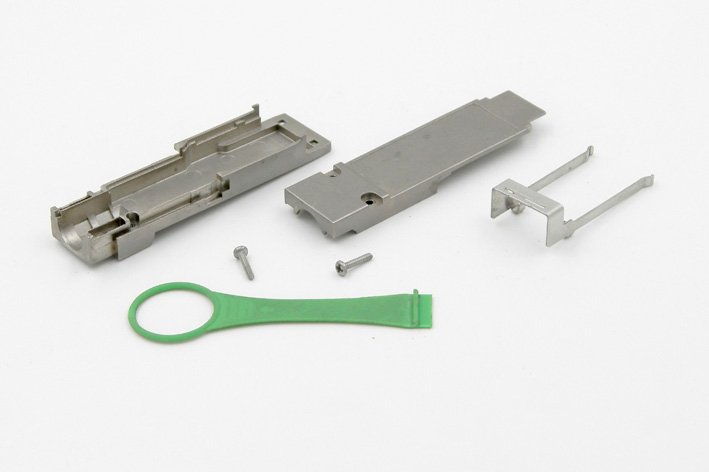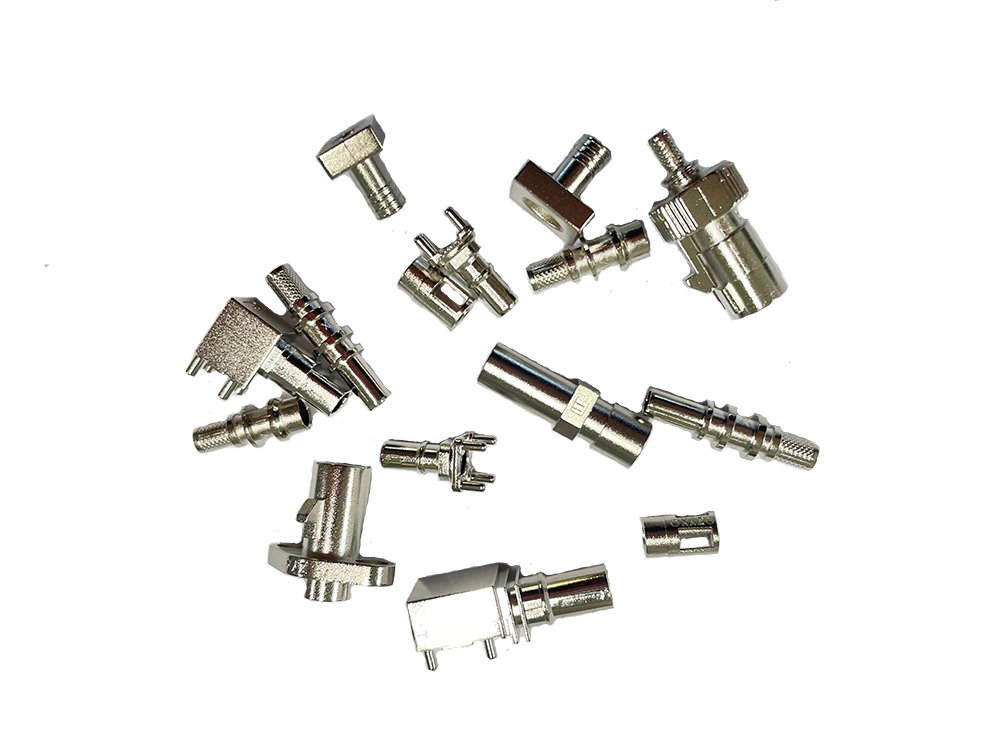In the world of optical transceivers, QSFP28 (Quad Small Form-factor Pluggable 28) modules have gained significant popularity due to their high data transfer rates and compact size. These modules are commonly used in data centers, telecommunications networks, and high-performance computing applications. How about the QSFP28 Housings?
One crucial component of a QSFP28 module is the housing, which provides structural support and protection to the internal components. Zinc die casting has emerged as a preferred choice for manufacturing QSFP28 housings due to its excellent mechanical properties and cost-effectiveness.

QSFP28 Housings
Zinc die casting offers several advantages for QSFP28 housings production. Firstly, zinc alloys have high strength and hardness, making them ideal for ensuring the structural integrity of the housing. The die casting process allows for intricate designs and precise dimensions, enabling manufacturers to create housings that perfectly fit the QSFP28 module.
Furthermore, zinc die casting is a highly efficient manufacturing method, allowing for high-volume production at a lower cost compared to other materials. The process involves injecting molten zinc alloy into a mold, which cools and solidifies rapidly, resulting in a finished housing with minimal post-processing required.
Another significant advantage of zinc die casting is its excellent corrosion resistance. QSFP28 modules often operate in harsh environments, and the housing must protect the internal components from moisture, dust, and other contaminants. Zinc alloys can withstand these challenging conditions, ensuring the longevity and reliability of the optical transceiver.
In conclusion, zinc die casting is an excellent choice for manufacturing QSFP28 housings for optical transceivers. Its mechanical properties, cost-effectiveness, and corrosion resistance make it an ideal material for ensuring the performance and durability of QSFP28 modules in various applications.

